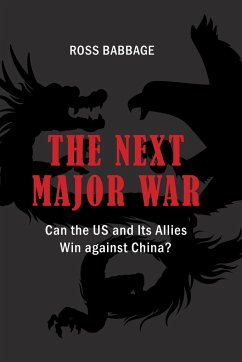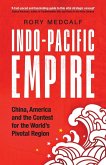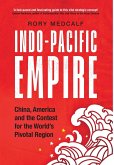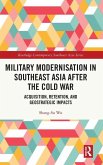The risk of major war between China and the United States and its allies has risen substantially in recent years. The most likely flashpoint is a clash over the future of Taiwan. The leaderships of the two sides are at loggerheads-their posturing has become more confrontational, and their preparations for major war are accelerating. Deterring and, if necessary, fighting and winning such a conflict is now a first priority for America and its allies. But the dynamics of such a crisis need to be better understood. Several books have been written about the growing risks of war and how such a conflict might start. A few have discussed options for allied deterrence and defense strategy. However, nearly all of these contributions have focused on the foreign and defense policy challenges prior to, and in the early stages of, such a war. This book takes a more wide-ranging and in-depth look at the demands such a war would make on the US alliance. Drawing on several years of research on Chinese and American planning, it describes the rather different types of war the two sides are planning to fight. One side is focusing primarily on military preparations. The other is preparing not only its military but also much of its economy, its society, and its political system to endure and ultimately prevail in such a war. The Next Major War: Can the U.S. and Its Allies Win Against China? explains the strengths and weaknesses of each side, the key phases that would likely characterize such a struggle, the probable economic and business impacts, and the factors that would determine its duration and outcome. It discusses the military aspects of such a conflict and goes much further to also address the economic, industrial, social, political, and other dimensions. It is a well-researched, multidisciplinary assessment of what such a war would probably be like, the ways it could progress, and how it might be won. The Next Major War will be important reading for the US and allied defense and national security communities. It will also appeal to many corporate and business leaders, researchers, students, and members of allied publics who are concerned about the growing international security challenges. *This book is in the Rapid Communications in Conflict and Security Series (General Editor: Geoffrey R.H. Burn) and includes color charts.
Hinweis: Dieser Artikel kann nur an eine deutsche Lieferadresse ausgeliefert werden.
Hinweis: Dieser Artikel kann nur an eine deutsche Lieferadresse ausgeliefert werden.








